When to prune cherry blossom for healthy, disease-free trees
Take a look at our guide to pruning cherry blossom trees

Sophie King
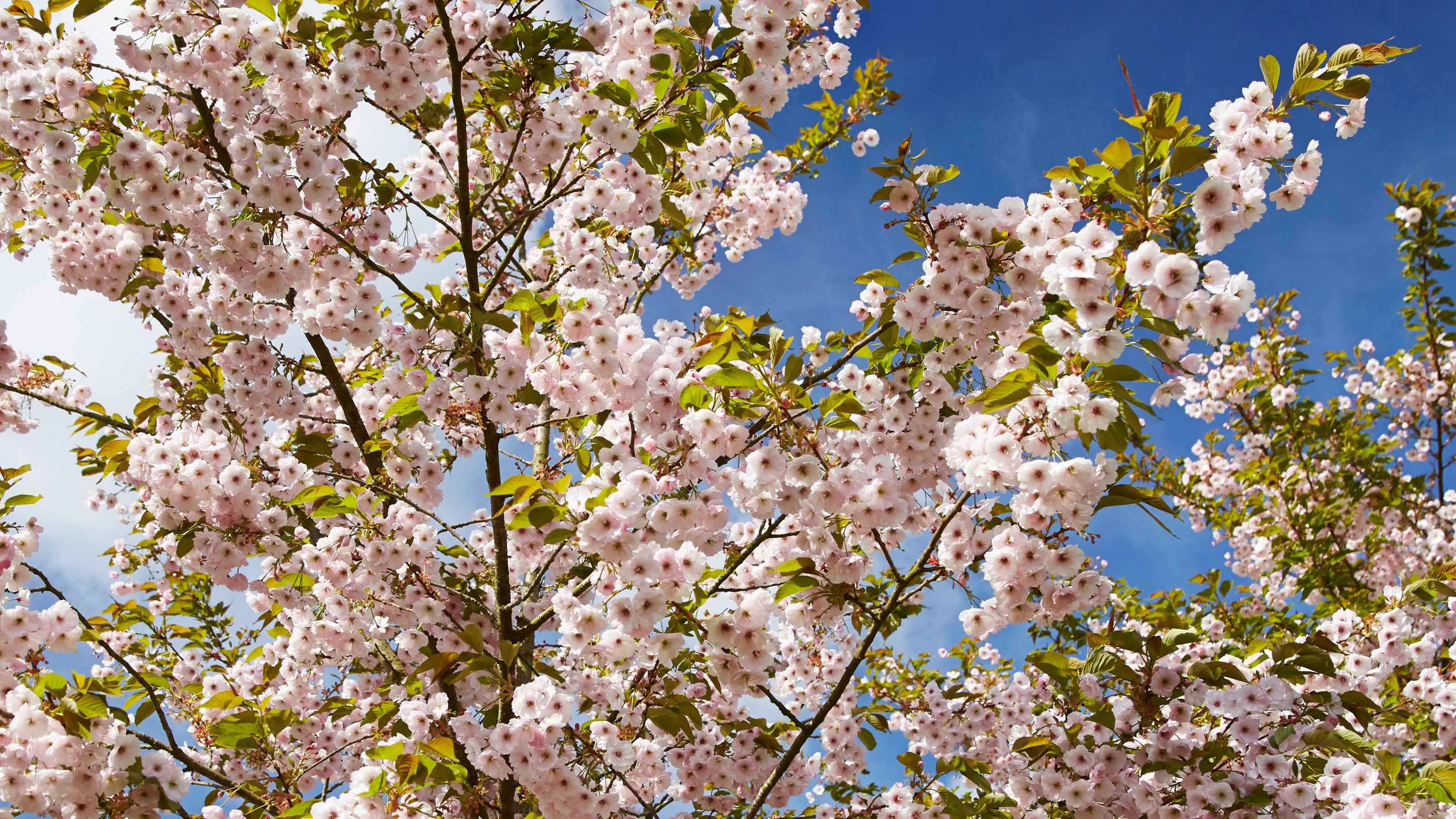
Cherry blossom trees are among the most beautiful features of spring, and if you're lucky enough to have one in your garden, learning when to prune cherry blossom trees will help you get the most out of every display.
Whether you have a huge showstopper or you've gone for one of the best cherry blossom trees for a small garden, pruning is an important step in ensuring healthy growth and bright blooms each spring.
Plus, cherry blossom has one of the highest tree values, raising property value by an average of £1,800. So, we thought we'd check in with garden experts to find out when to prune cherry blossom trees to keep them looking their best.
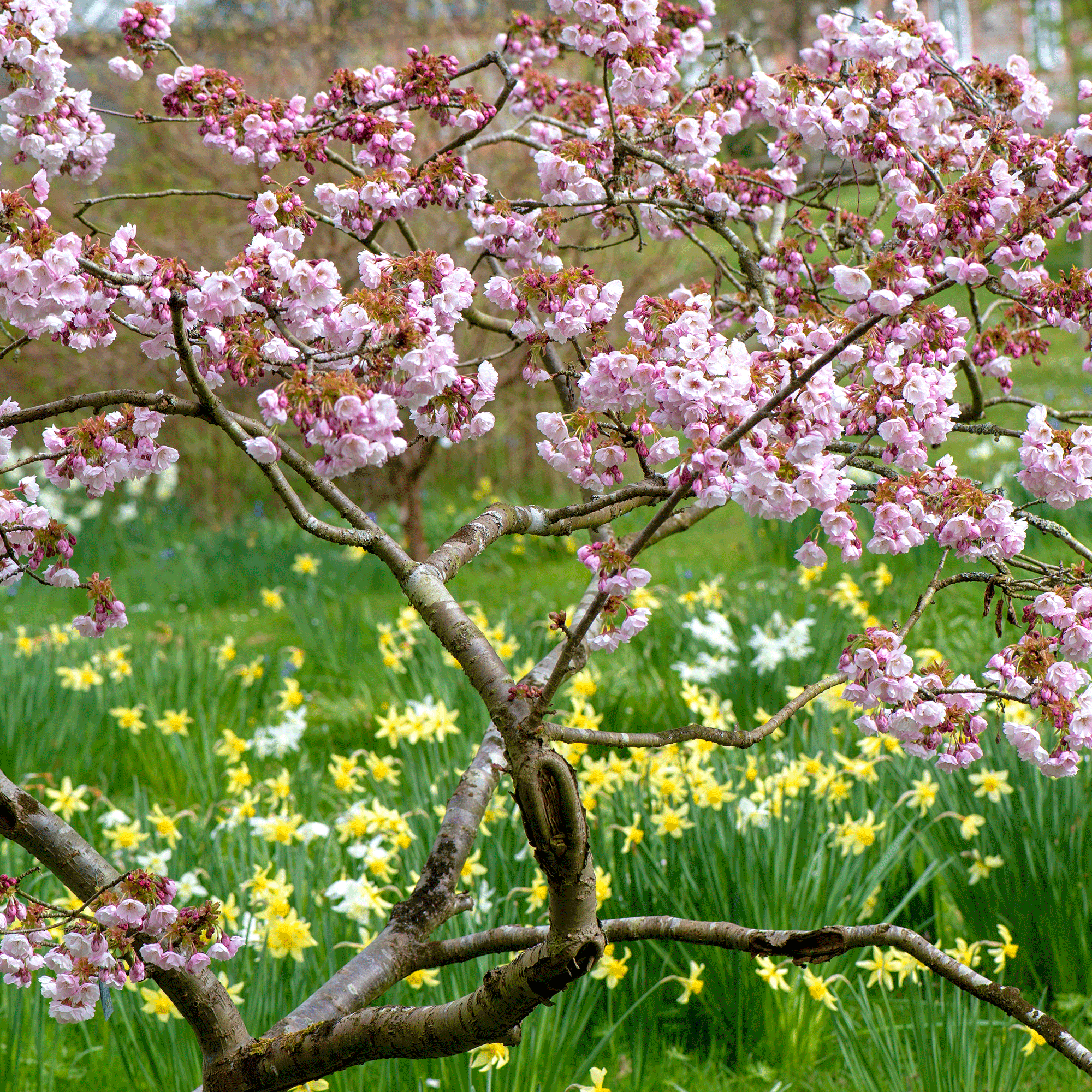
When to prune cherry blossom
So, when should you prune a cherry blossom tree? Well, first of all, you should consider the age of your tree.
'It’s best to wait until the tree is at least three years old before pruning,' says gardening expert Lucie Bradley. 'Also remember that younger trees will require less pruning than more mature ones which will have more branches, thicker branches and increased chances of damage or disease.'
If your cherry tree fits the bill, you need to make sure you're pruning at the right time – and for mature cherry trees, this is usually after flowering in the spring. 'Wait until after you've harvested all the cherries before getting out your pruning shears. This will give the tree time to recover from the growing season,' advises Hannah Rowson, assistant garden centre manager at J. Parker’s.
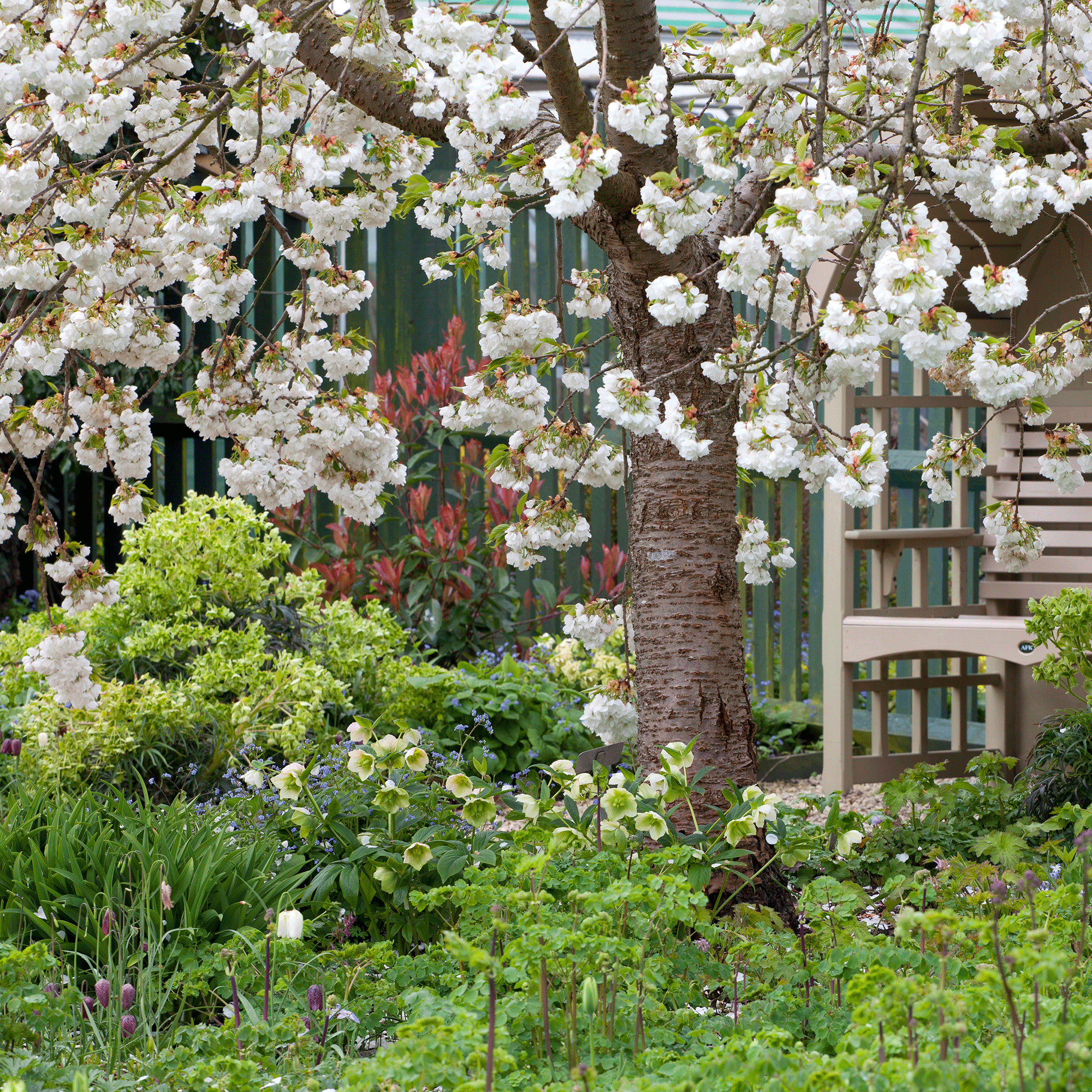
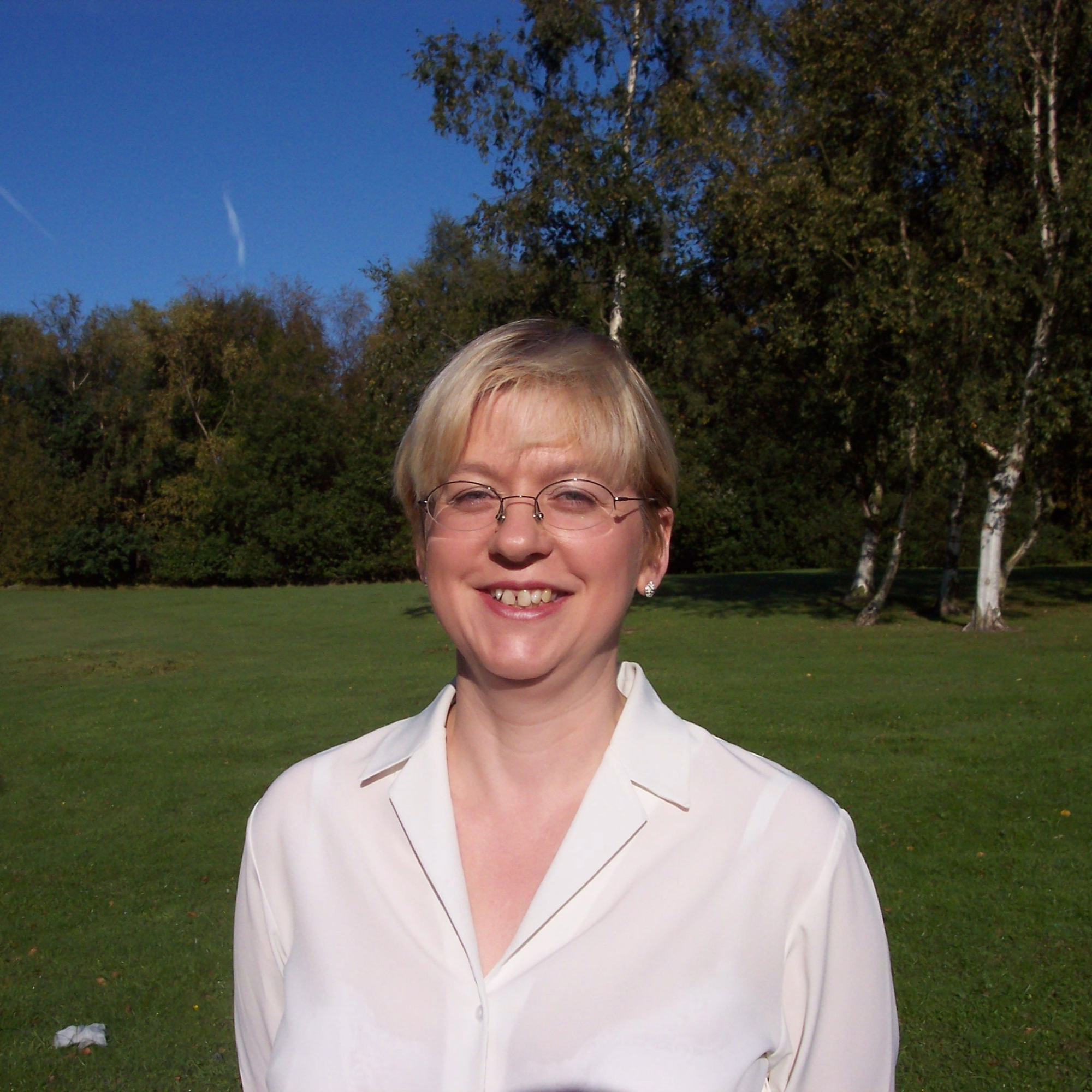
Encouraged to garden since she was old enough to walk, Lucie has been working in the gardening industry for over 28 years. She has been lucky enough to talk to both amateur and professional gardeners every day of the week and is always learning. She believes you can never know everything about gardening as it constantly evolves.
Although pruning a cherry blossom tree is important, pruning at the wrong time could spell disaster for the blooms. That’s because cherry blossom trees can be vulnerable to fungal diseases such as silver leaf, black knot, and blossom wilt, so you need to be extra cautious.
Sign up to our newsletter for style inspiration, real homes, project and garden advice and shopping know-how
In fact, the best way to stop these diseases from spreading is to prune a cherry blossom tree between April and July – but only after the tree has stopped flowering. In doing so, you can reduce the chances of fungal spores being carried by the wind and affecting other areas of the tree – and silver leaf is especially prevalent during the cold and damp winter conditions.
Wondering how to prune a cherry blossom tree? We’ve put together an easy step-by-step guide.
What you’ll need
- Steps or a ladder
- Gardening gloves – like these NickyPicky Gardening Gloves from Amazon
- Pruning shears – like these Gonicc 8" Professional Secateurs from Amazon
- Tree lopper – like this Telescopic Saw Lopper from B&Q
- Pruning saw – like this Magnusson 330mm Pruning saw from B&Q
How to prune cherry blossom
1. Sterilise your tools
When cutting any tree, you need to make sure that you know how to clean garden tools properly. If you fail to do this, you may infect your tree with bacteria or fungus.
So, before you get started, spend a few minutes giving your tools a good clean, wiping them with disinfectant or rubbing alcohol.
2. Remove dead or diseased branches
When you’re confident that your tools are sterilised, you can then get to work pruning your cherry blossom tree. First, you need to focus on removing any dead or diseased branches.
You should cut these dead or diseased branches back to a point where you can see a healthy side shoot – or just above the branch collar.
Whether you use pruning shears, loppers, or a saw will depend on the height of the tree and the width of the branches. Lucie advises using secateurs or pruning shears for smaller branches up to 1.5cm in diameter, loppers for branches up to 4cm wide, and a pruning saw for branches thicker than that.
The fungal diseases that affect the cherry blossom tree are spread through sap and cuts in the branches, which means you need to make quick and confident cuts.
‘Use a clean pruning saw to make a single cut rather than hacking away at your branch with secateurs,' explains gardening expert Calum Maddock from HomeHow.co.uk. 'If you’ve removed a branch with black knot or silver leaf fungus, you’ll need to clean your blade again before carrying out any further pruning work. Otherwise, you risk spreading the disease.'
By making these clean cuts, the tree should be able to heal quickly and effectively.
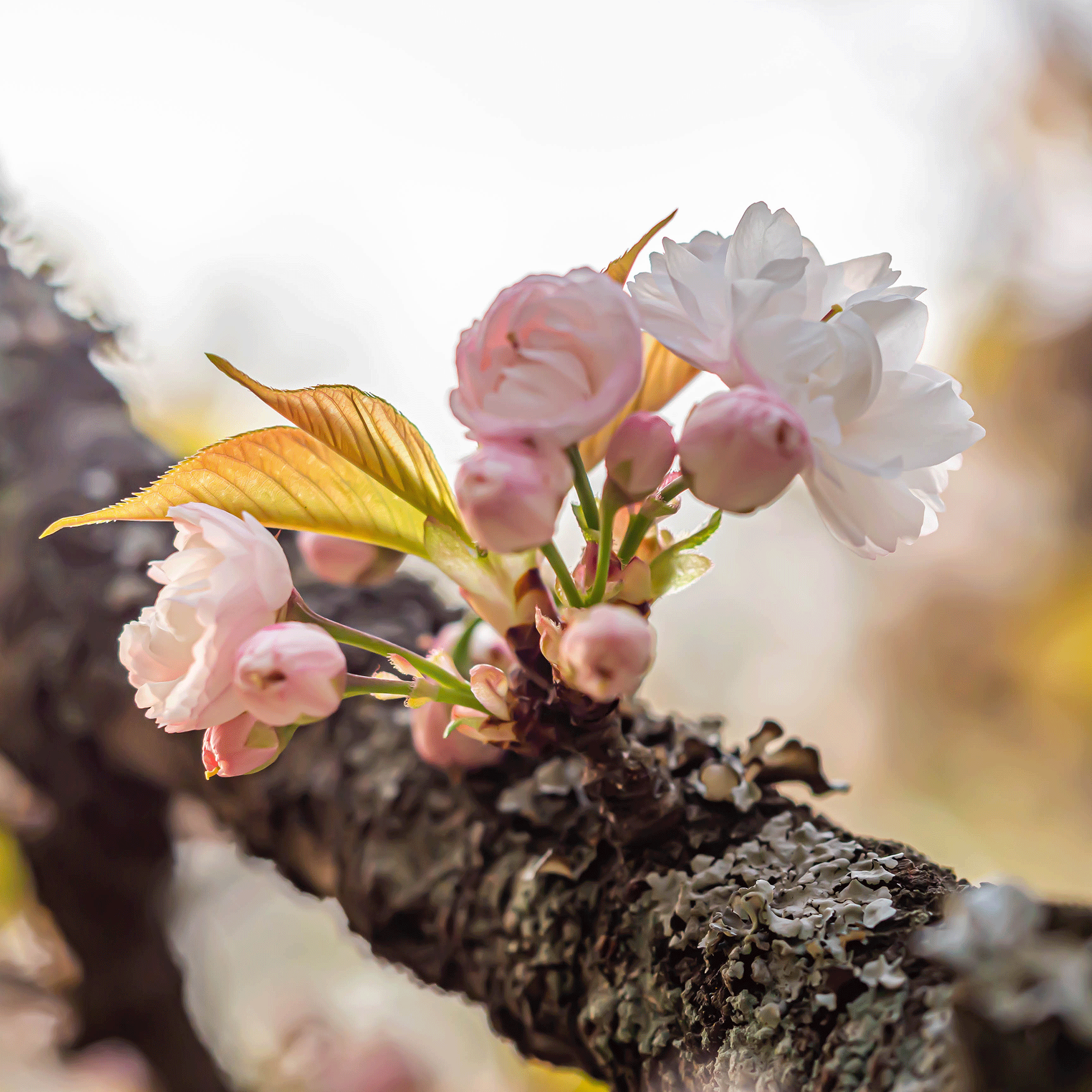
3. Open up the canopy
When only the healthy branches remain, you can then focus your attention on opening up the canopy. Doing this will promote air circulation and allow more sunlight to penetrate the lower branches. And both of these things will encourage new growth.
'When it comes to thinning out the canopy, aim to remove no more than a third and then cut it into your desired shape,' advises Hannah from J. Parker's.
The easiest way to open up the canopy is by cutting any branches that are crossing over each other or rubbing against each other. You should also cut any branches that are shooting directly upwards or growing downwards, as these will struggle to grow anyway.
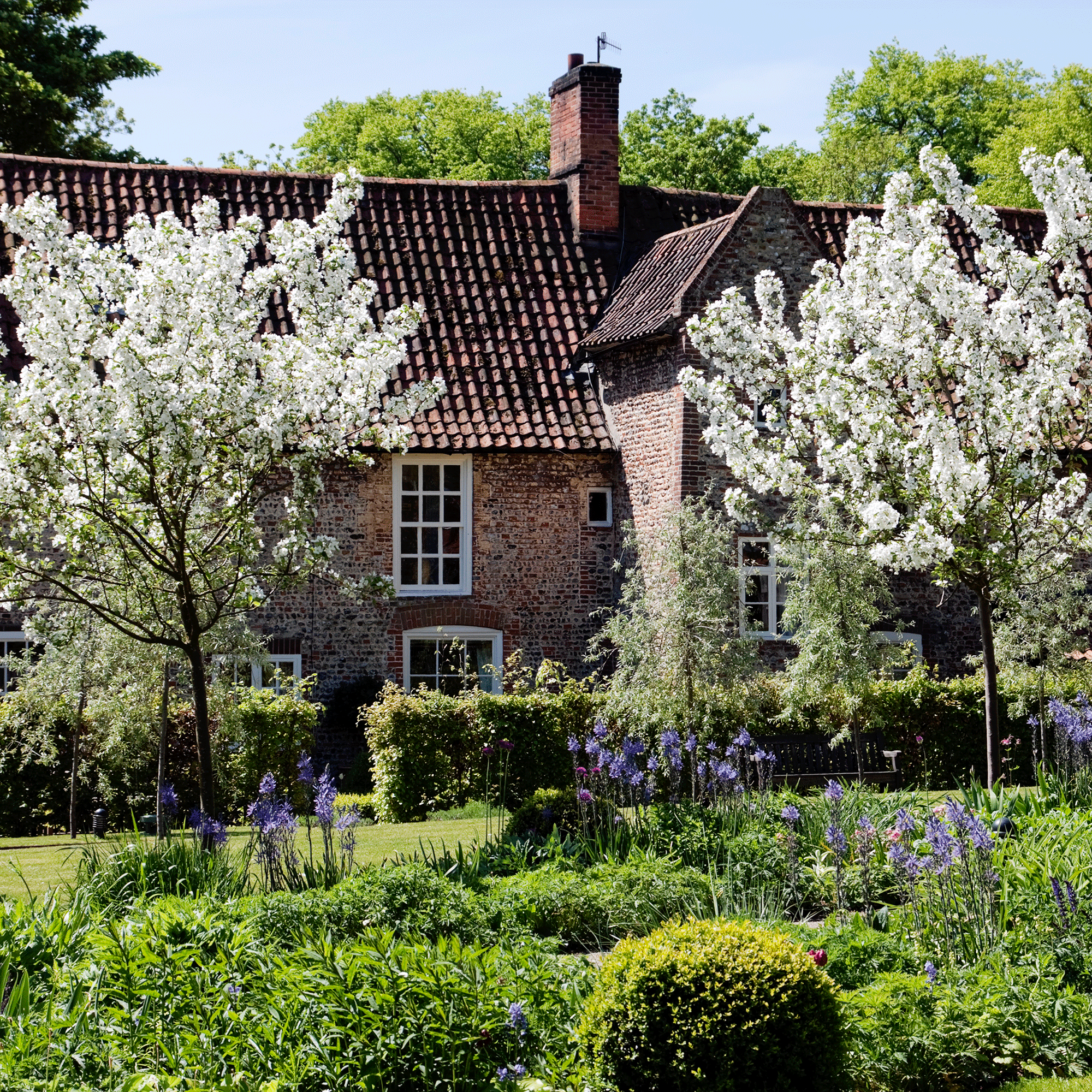
4. Chop off the suckers
Most trees can fall victim to suckers, which look like small shoots that grow at the trunk of a tree and can often be a sign of illness or stress. Because of this, it’s a good idea to cut off these suckers during the pruning process.
Suckers will quite literally suck energy from the tree, and by removing them, you can train the tree to focus more of its attention on the branches that remain. In doing so, the tree should grow bigger and brighter each year.
FAQs
When should you not prune a cherry tree?
Although it’s common to prune fruit trees during their dormancy over the winter months, it’s not recommended to prune sweet cherry blossom trees in the winter. That’s because sweet cherry blossom trees are vulnerable to many fungal diseases that thrive during the winter months.
These diseases are also spread through cuts and scrapes in the branches, and the last thing you want to do is open up a wound that could ultimately become infected.
Instead, opt to prune a cherry blossom tree after it has flowered in the spring.
What happens to cherry blossom trees in winter?
Like other deciduous trees, cherry blossom trees fall dormant in the winter and lose their leaves.
'The trees are hardy and will begin to bud again at the end of February through to early March,' says Lucie. 'If your tree is small enough, then you can provide it with some winter protection from extreme temperatures and weather by covering the tree with horticultural fleece.'
If you've been wondering when to prune cherry blossom trees, you can use our guide to help you get the all-important task right.

Lauren Bradbury has been the Content Editor for the House Manual section since January 2025 but worked with the team as a freelancer for a year and a half before that. She graduated with a Bachelor’s degree in English and Creative Writing from the University of Chichester in 2016. Then, she dipped her toe into the world of content writing, primarily focusing on home content. After years of agency work, she decided to take the plunge and become a full-time freelancer for online publications, including Real Homes and Ideal Home, before taking on this permanent role. Now, she spends her days searching for the best decluttering and cleaning hacks and creating handy how-to guides for homeowners and renters alike, as well as testing vacuums as part of her role as the Ideal Home Certified Expert in Training on Vacuums, having spent over 110 hours testing different vacuum models to date!
- Sophie KingGardens Editor